NZ Herald talked to Ross Ihaka, one of the creators of R:
Today, R is depended upon around the world by analysts, data scientists and big-name companies like Facebook, Google, Amazon and the New York Times, and it’s garnered Ihaka something of a rockstar status in the field of data science and statistics.
He’s received numerous accolades over the years recognising his work, such as the Royal Society of New Zealand’s prestigious Pickering Medal, and the Statistical Computing and Graphics Award from the American Statistical Association.
Asked how many people use R on a daily basis, Ihaka’s guess is in the millions but he’s not quite sure how many million.
One of the reasons R is called R is because Ihaka and co-creator Robert Gentleman both had first names that started with the letter.


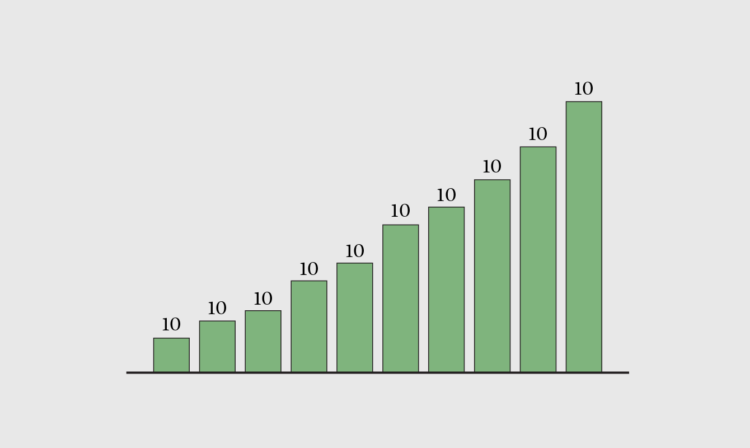
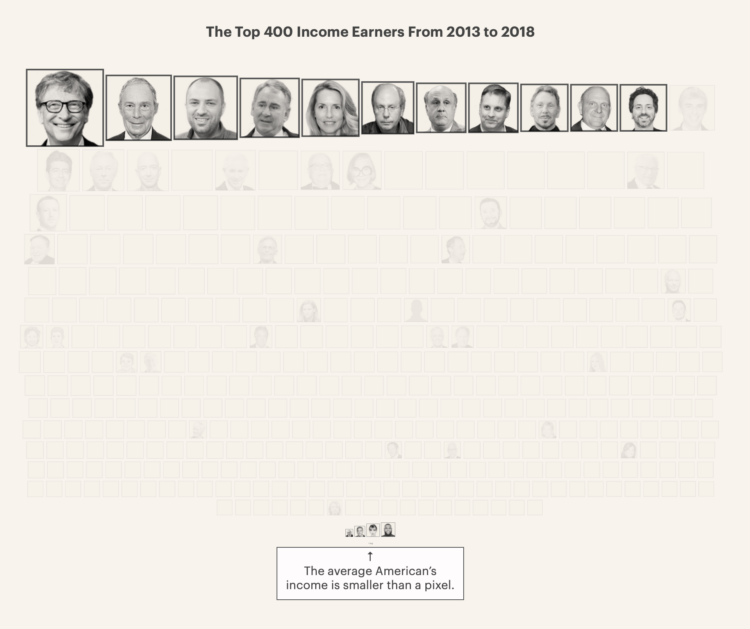
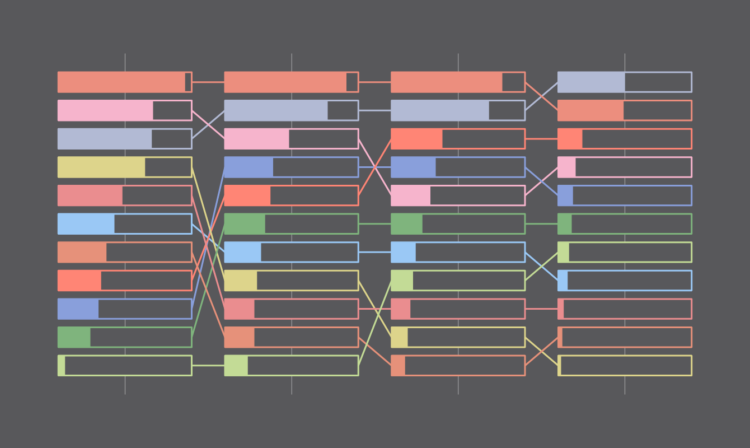
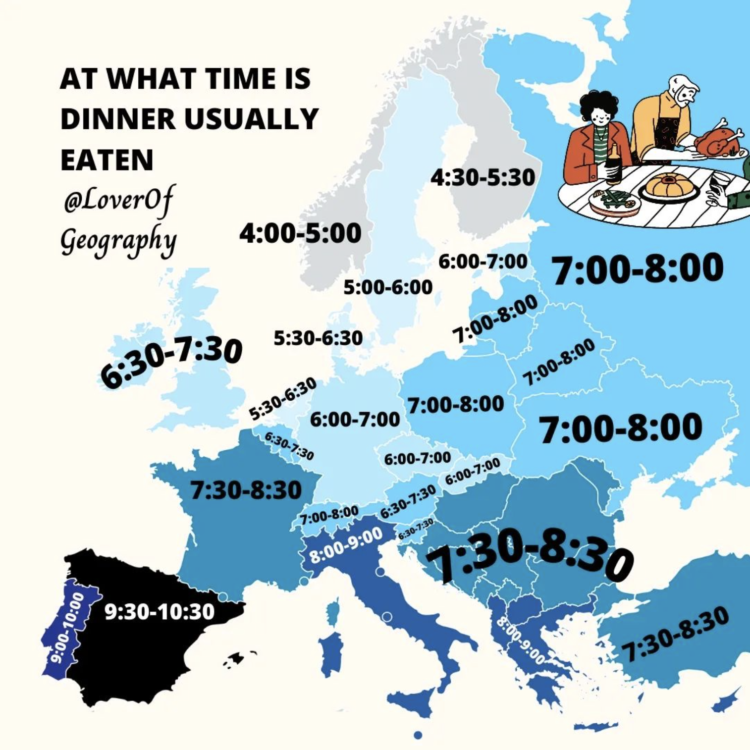
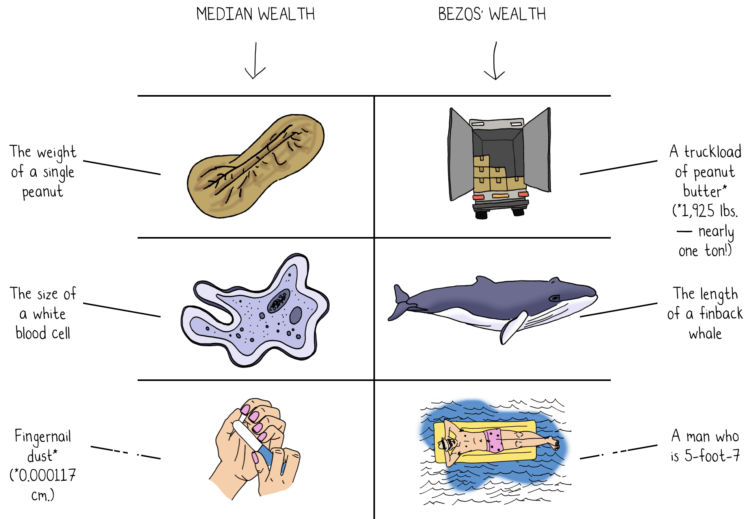
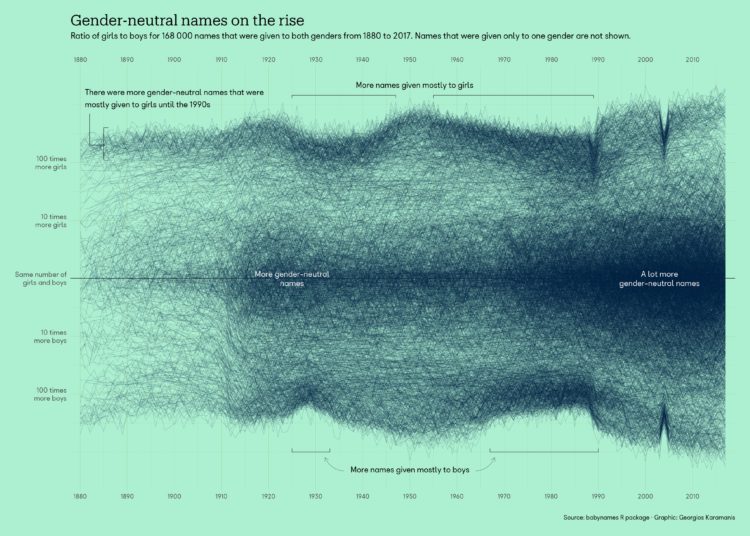

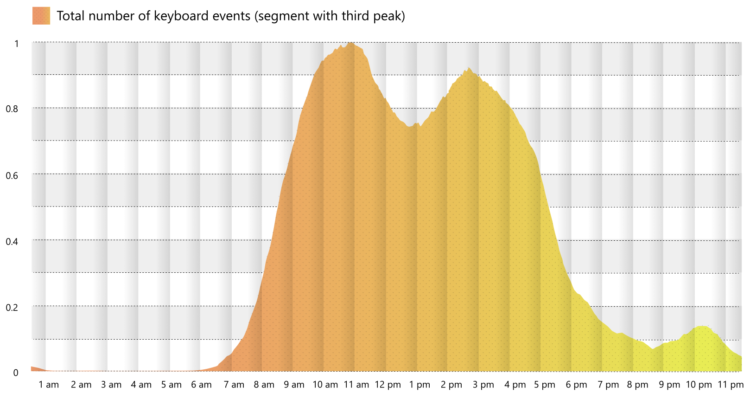
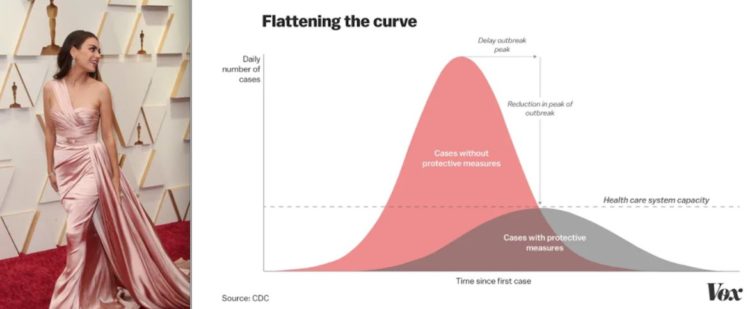

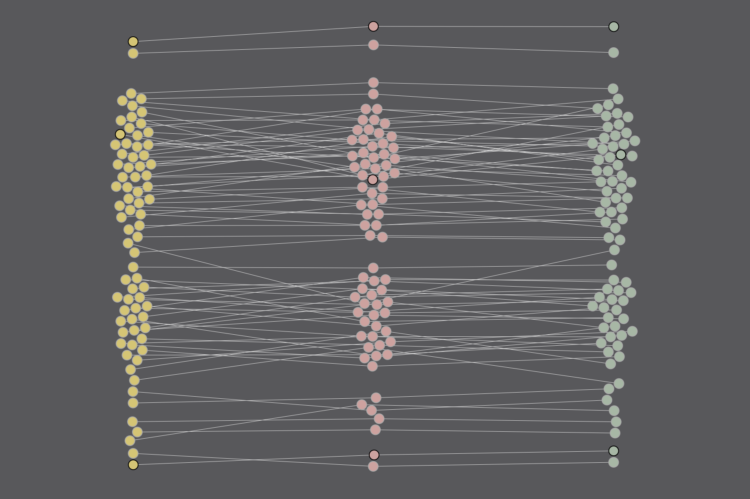

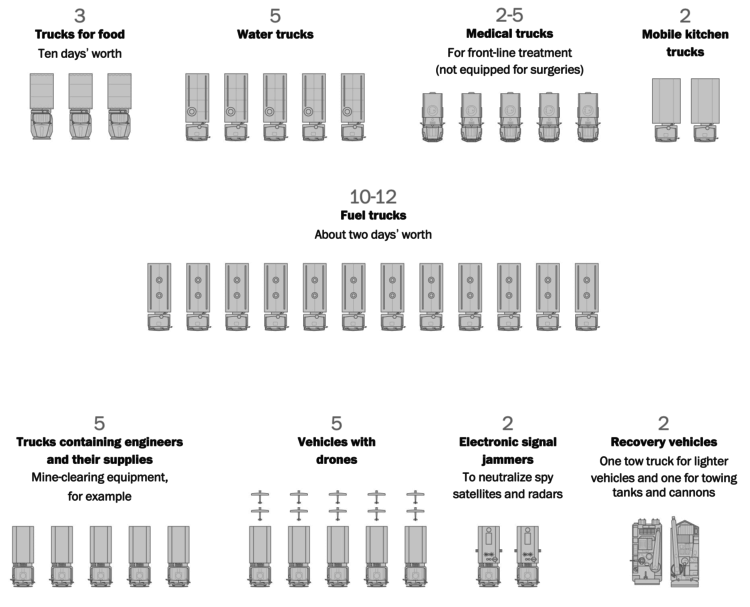

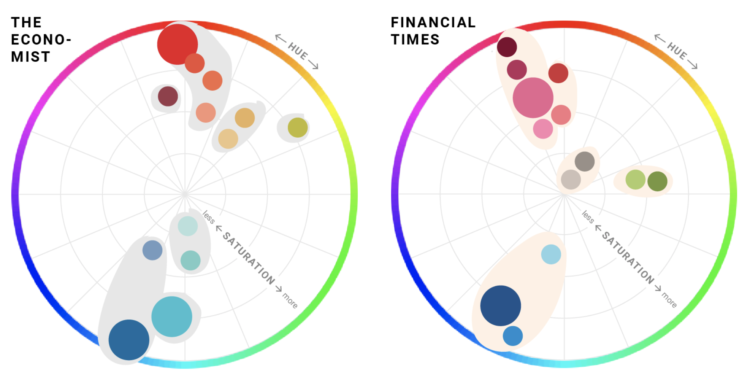
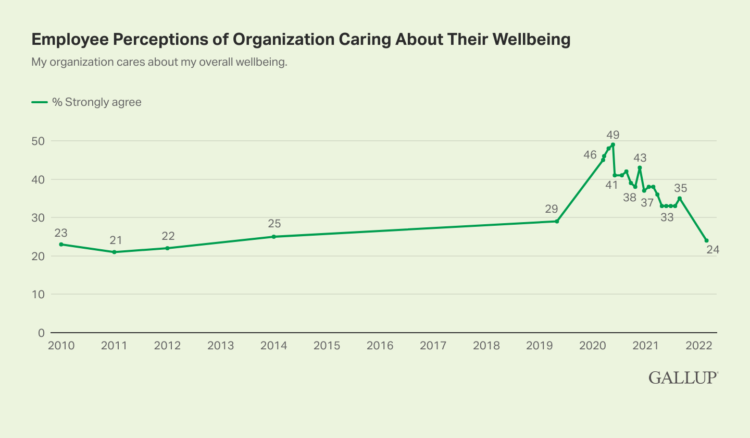
 Visualize This: The FlowingData Guide to Design, Visualization, and Statistics (2nd Edition)
Visualize This: The FlowingData Guide to Design, Visualization, and Statistics (2nd Edition)










